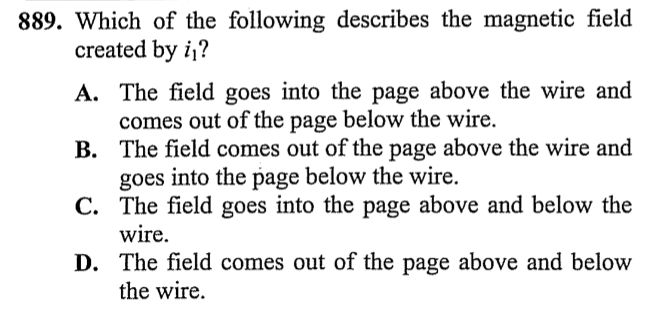- Joined
- May 14, 2014
- Messages
- 806
- Reaction score
- 641
I'm confused because I thought current was negative. I know the convention for fields etc. is designated for positive charges. However, I always assumed when they used the word current, they meant negative charge.
For example, EK physics 1001 Question 889 states:



It seems to me like they are assuming that current is positive? Any clarification of the conventions I should be using would be much appreciated.
For example, EK physics 1001 Question 889 states:



It seems to me like they are assuming that current is positive? Any clarification of the conventions I should be using would be much appreciated.

